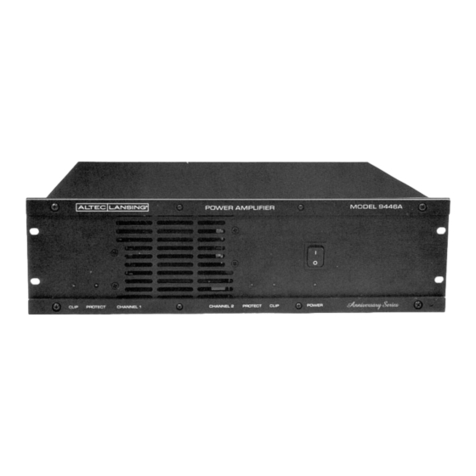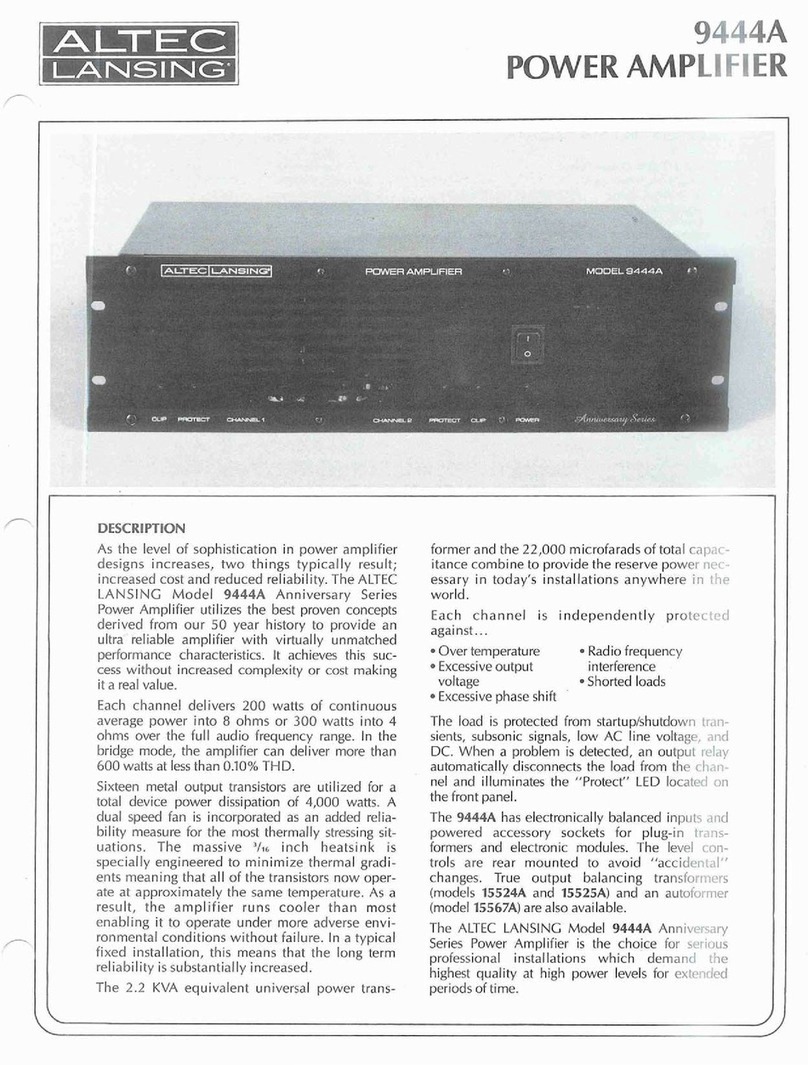Altec Lansing Anniversary Series Training manual
Other Altec Lansing Amplifier manuals
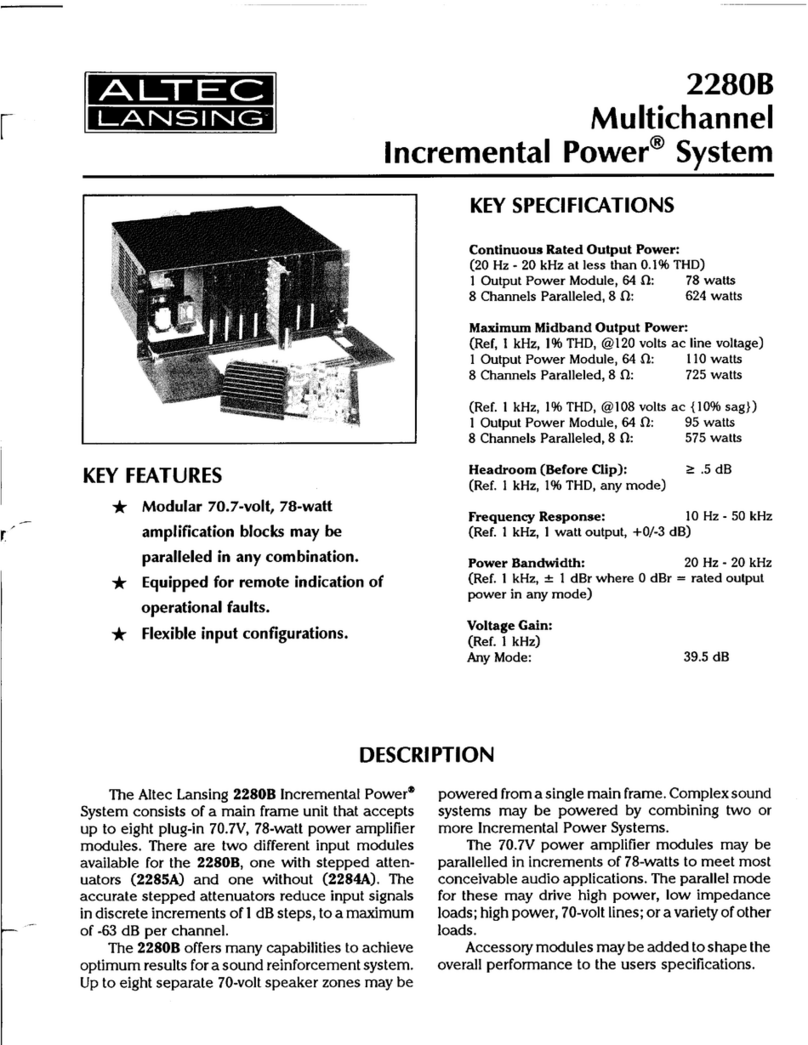
Altec Lansing
Altec Lansing 2280B POWER AMPLIFIER User manual
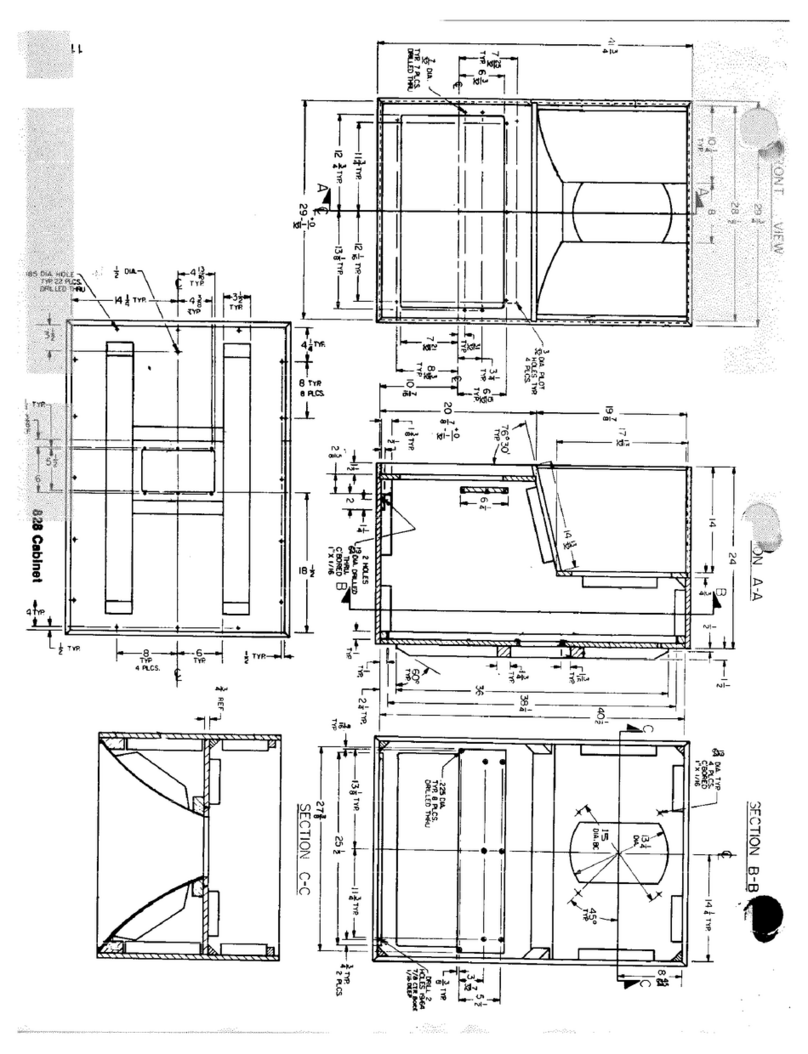
Altec Lansing
Altec Lansing 828 LF SPEAKER CABINET PLAN User manual
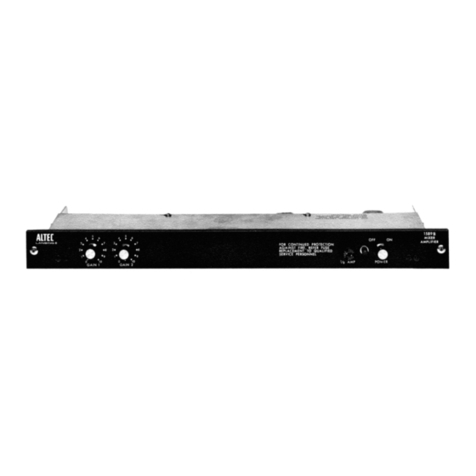
Altec Lansing
Altec Lansing 1589B User manual
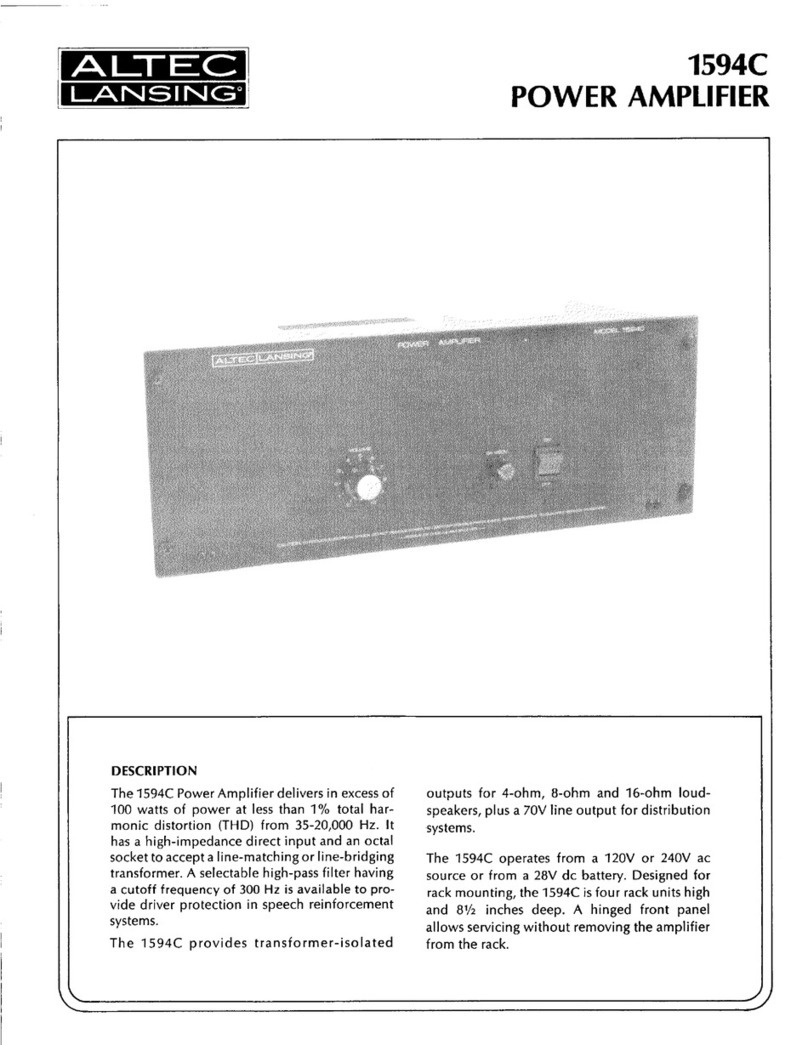
Altec Lansing
Altec Lansing 1594C POWER AMPLIFIER User manual
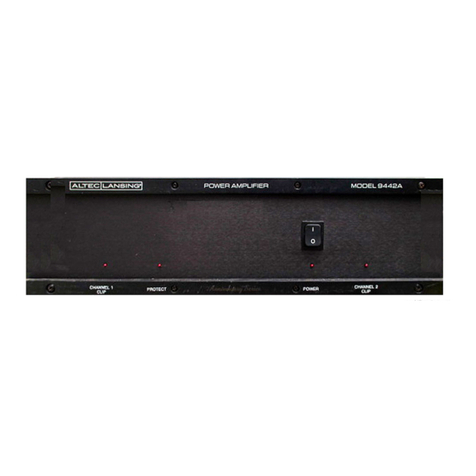
Altec Lansing
Altec Lansing 9442A User manual

Altec Lansing
Altec Lansing 9444B POWER AMPLIFIER SERVICE User manual

Altec Lansing
Altec Lansing 614 SPEAKER CABINET PLAN User manual
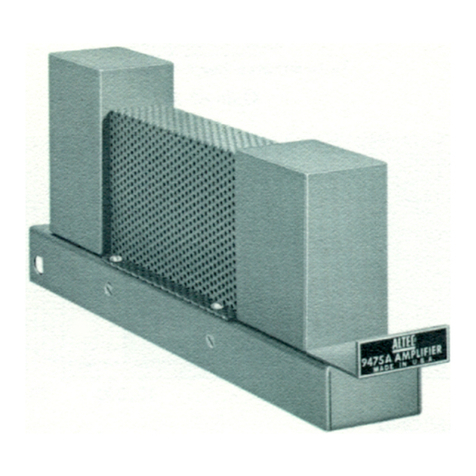
Altec Lansing
Altec Lansing 9475A User manual
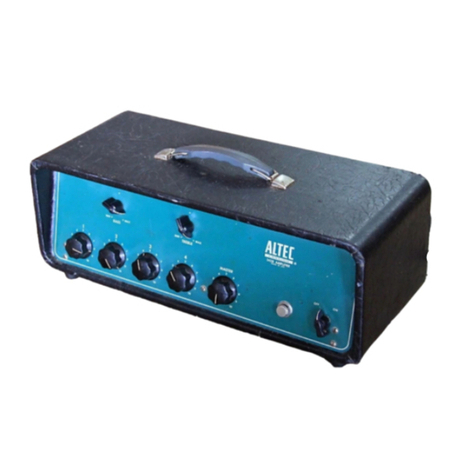
Altec Lansing
Altec Lansing 342B POWER AMP User manual
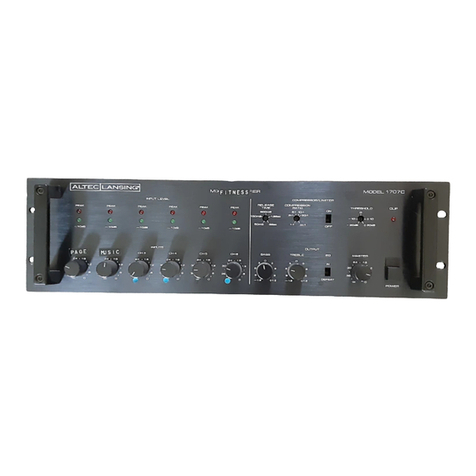
Altec Lansing
Altec Lansing 1707C MIXER AMPLIFIER Training manual
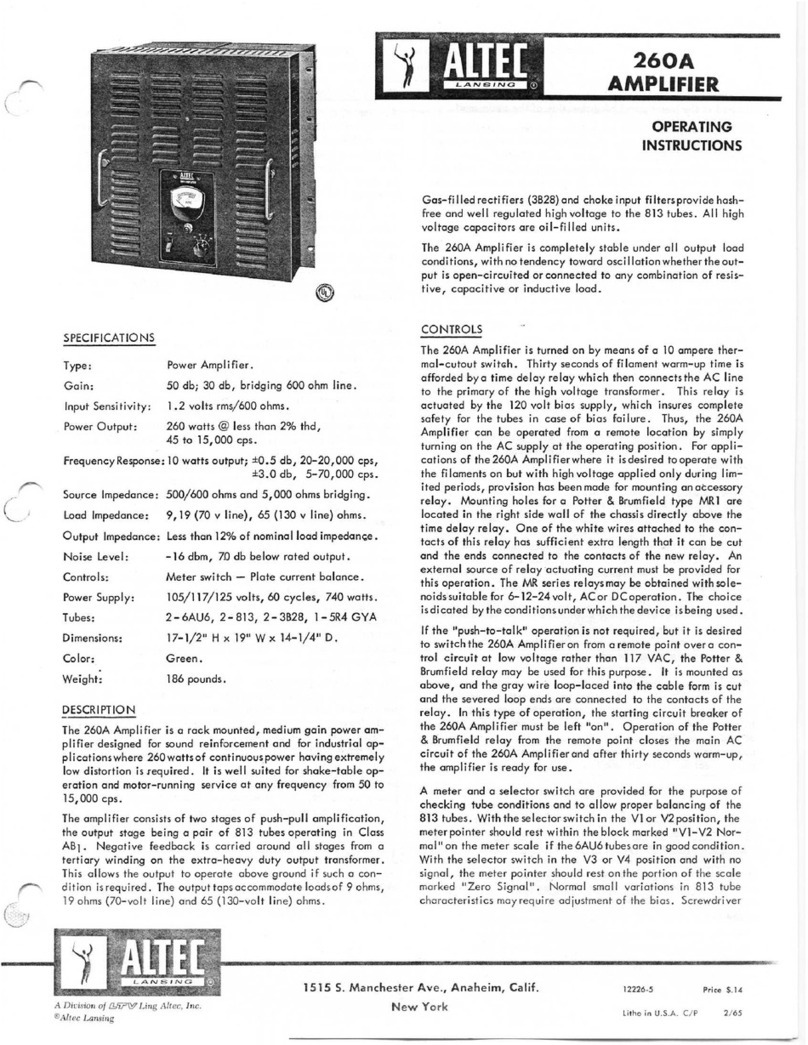
Altec Lansing
Altec Lansing 260A OI User manual

Altec Lansing
Altec Lansing 9444B POWER AMPLIFIER SERVICE Operating instructions
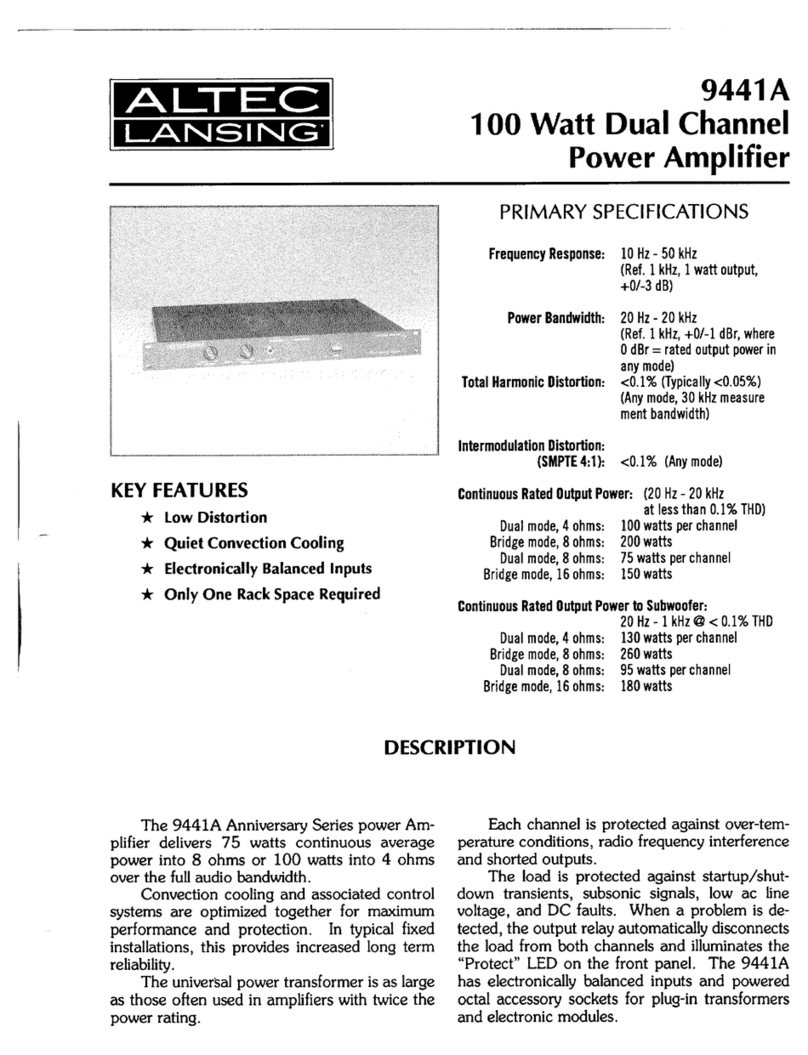
Altec Lansing
Altec Lansing 9441A User manual
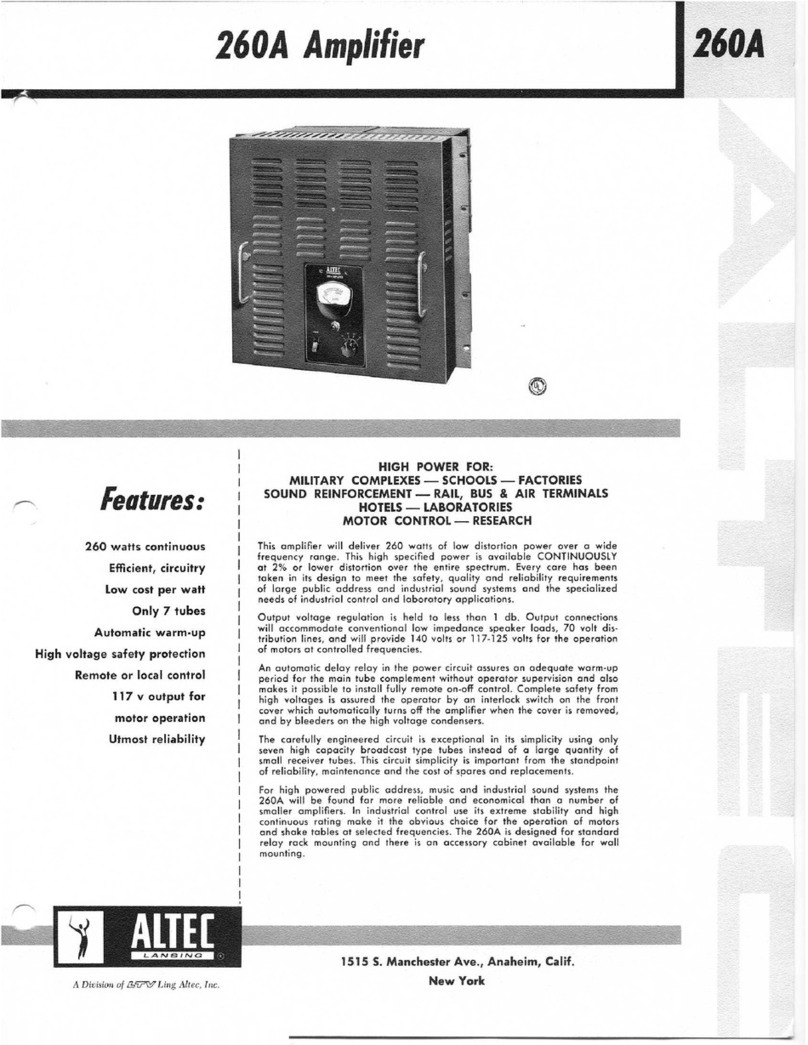
Altec Lansing
Altec Lansing 260A User manual
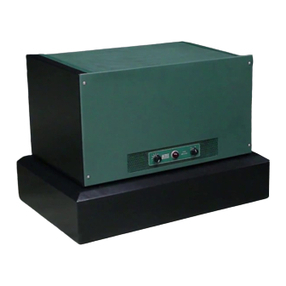
Altec Lansing
Altec Lansing 1570B User manual
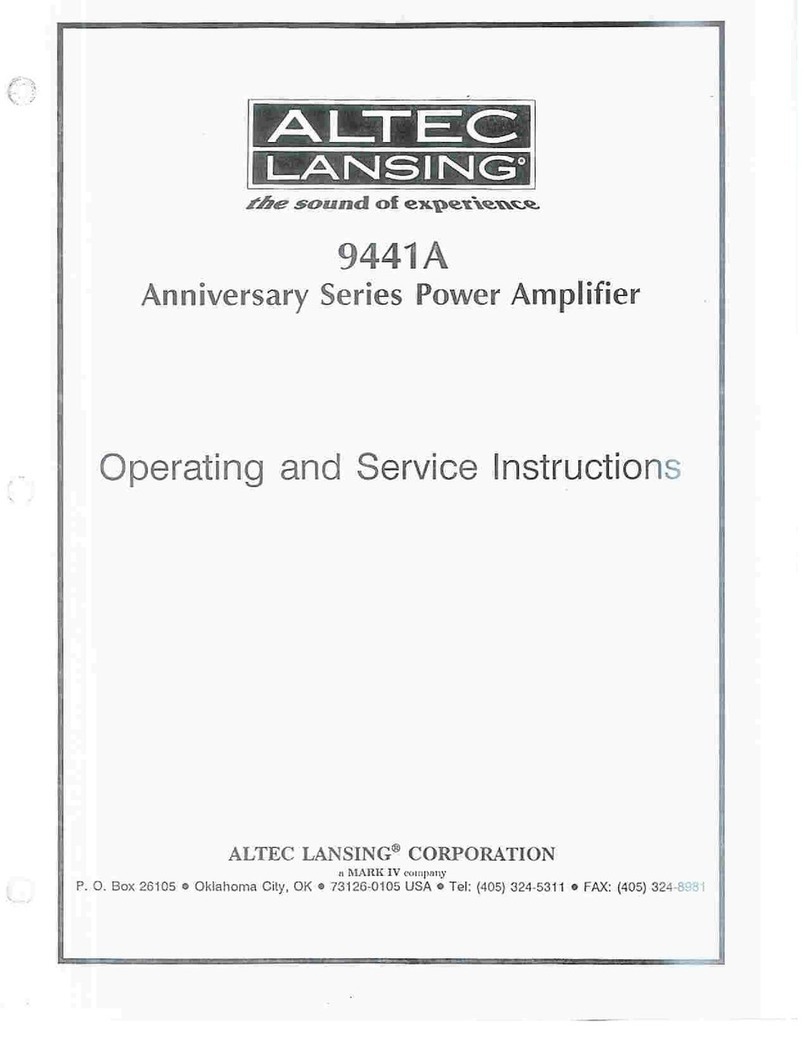
Altec Lansing
Altec Lansing 9441A Training manual

Altec Lansing
Altec Lansing 1268 POWER AMPLIFIER User manual
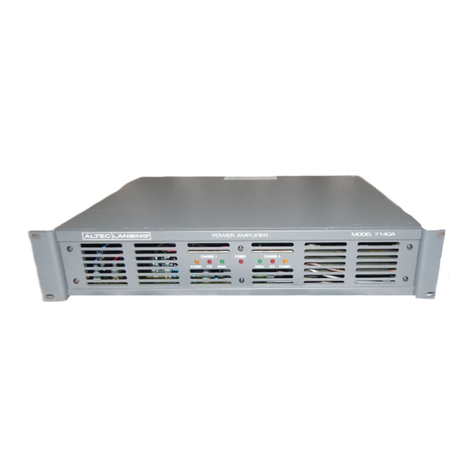
Altec Lansing
Altec Lansing 7140A POWER AMPLIFIER User manual
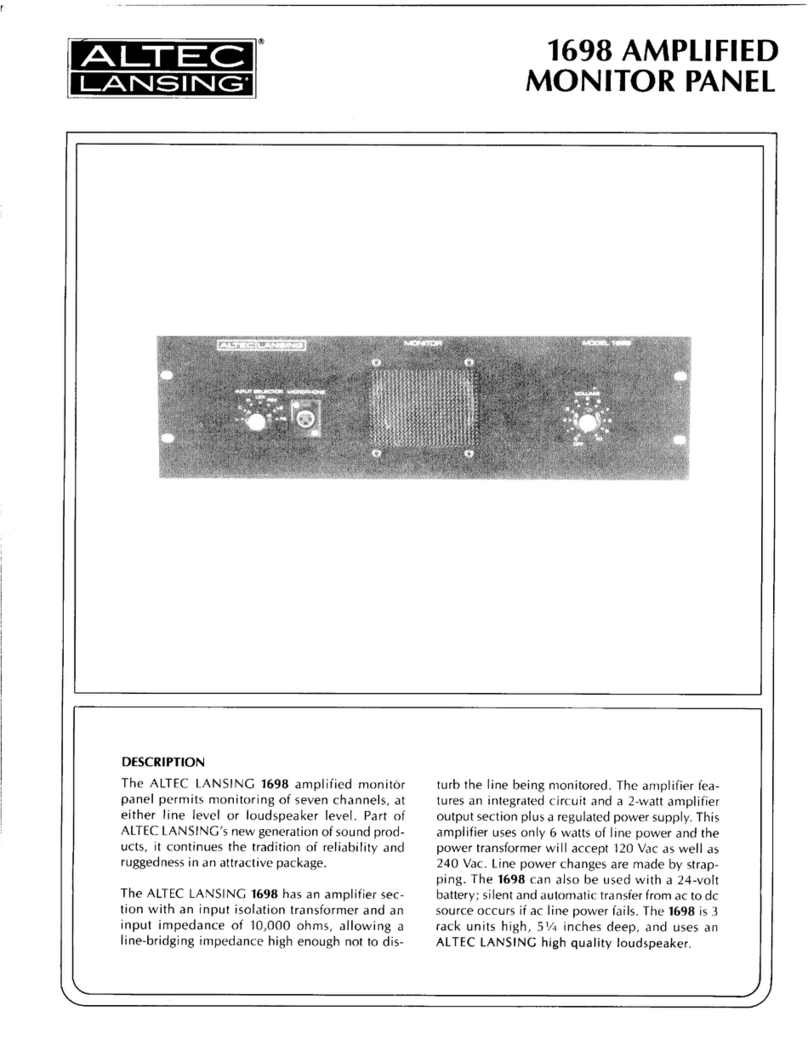
Altec Lansing
Altec Lansing 1698 SIGNAL PROCESSING User manual
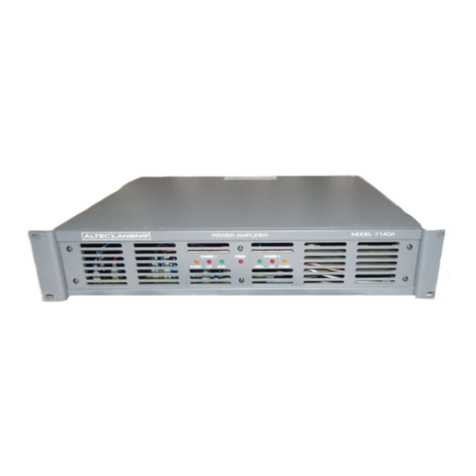
Altec Lansing
Altec Lansing 7140A User manual

